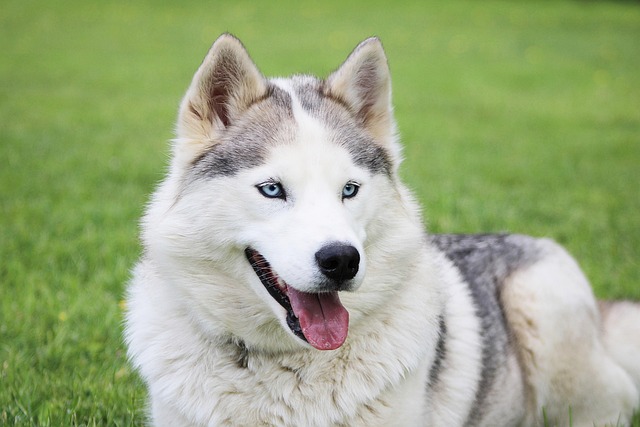
How long does it take for ear mites to go away in dogs
If you’re a new dog owner in California staring at your 8-month-old Pug’s ear meds, wondering when she’ll stop scratching
Anyone who’s ever cuddled a Bichon Frise knows their cloud-like coat is part of what makes them so lovable—but keeping that fluff looking its best takes more than just occasional brushes. These little dogs have a double coat, with a soft underlayer and a curly topcoat that can mat easily if ignored. Start with the right tools: a slicker brush for detangling and a metal comb to get through thick sections, and aim to brush your Bichon at least three times a week. Skipping sessions leads to knots that pull at their skin, which can turn grooming time into a stressful experience for both of you.
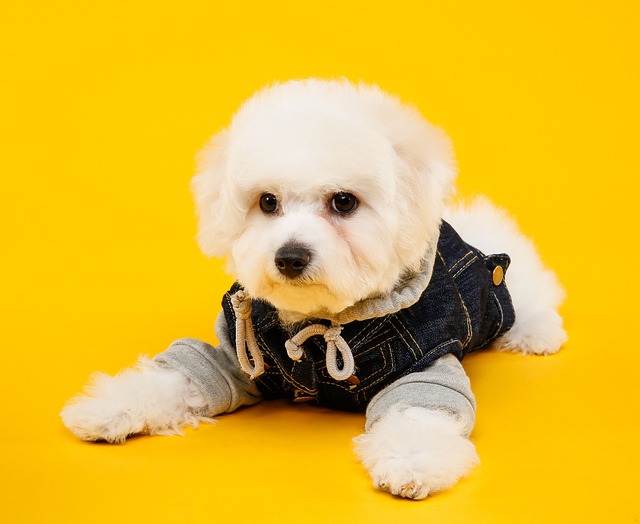 Bathing is another key step, but overdoing it strips their coat of natural oils that keep it fluffy. Most groomers recommend a gentle, hypoallergenic shampoo every 4 to 6 weeks—perfect for Bichons, who often have sensitive skin. After washing, dry them thoroughly with a low-heat blow dryer while brushing lightly; this fluffs up the coat instead of letting it lie flat. In cities like Chicago, where winter brings dry indoor air, adding a humidifier near their bed helps prevent static and keeps fur from getting brittle—small tweaks that make a big difference in maintaining that signature Bichon fluff.
Bathing is another key step, but overdoing it strips their coat of natural oils that keep it fluffy. Most groomers recommend a gentle, hypoallergenic shampoo every 4 to 6 weeks—perfect for Bichons, who often have sensitive skin. After washing, dry them thoroughly with a low-heat blow dryer while brushing lightly; this fluffs up the coat instead of letting it lie flat. In cities like Chicago, where winter brings dry indoor air, adding a humidifier near their bed helps prevent static and keeps fur from getting brittle—small tweaks that make a big difference in maintaining that signature Bichon fluff.
Grooming laws and standards matter too, especially if you take your Bichon to professional salons or dog parks. The American Kennel Club (AKC) has specific grooming guidelines for show Bichons, but even pet owners should know local rules: in some EU countries, groomers must be certified to use certain tools, and neglecting a dog’s coat (like letting mats become painful) can be considered animal cruelty under laws like the UK’s Animal Welfare Act. A quick check with your local animal welfare office ensures you’re not just keeping your Bichon fluffy, but also compliant.
Diet plays a quieter role in coat health—think of it as internal grooming. Look for dog food with omega-3 and omega-6 fatty acids, which nourish hair follicles from the inside out. Many Bichon owners swear by adding a spoonful of plain yogurt or a sprinkle of fish oil to meals, but always check with your vet first to avoid upset tummies. Avoid overfeeding treats high in sugar or fillers; these can lead to dull fur and weight gain, which makes it harder for their coat to look full and bouncy.
Keeping a Bichon Frise fluffy is about consistency, not perfection. A 10-minute brush session after their morning walk, a monthly bath with the right products, and a diet that supports their coat will keep them looking like the fluffy companions you adore. Plus, sticking to local grooming standards and laws ensures your Bichon stays happy, healthy, and welcome wherever you take them—whether that’s a neighborhood park or a cross-border trip.

If you’re a new dog owner in California staring at your 8-month-old Pug’s ear meds, wondering when she’ll stop scratching
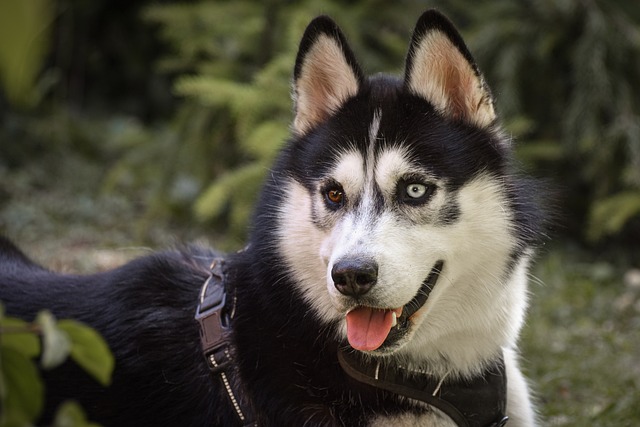
Noticing a red, goopy eye in your dog can be alarming, and your first instinct might be to reach for a washcloth. While that's a good start
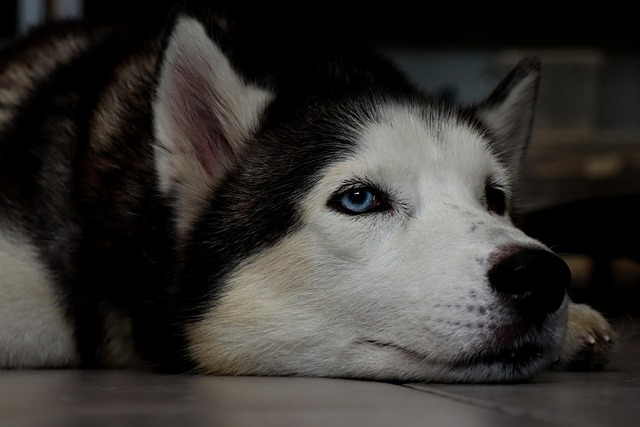
If you’re a new dog owner in Florida rushing your 6-month-old Corgi to the vet because her eyes are red and oozing, or a first-timer in Ohio panicking when your Lab mix won’t stop rubbing
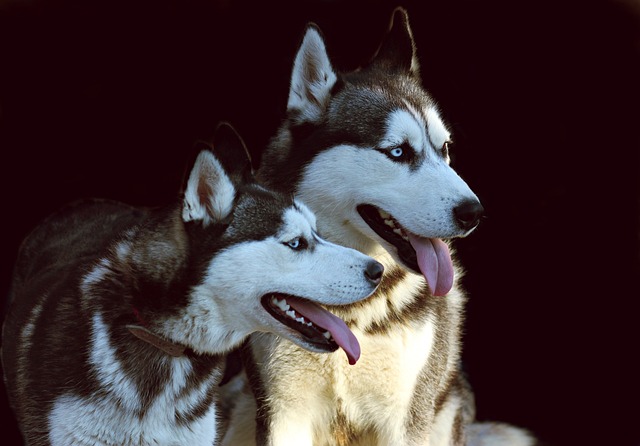
If you’re a new dog owner in California pacing your living room, watching your 8-month-old Beagle lick their front paw raw after a walk

Watching your dog stumble a little as they come home from the vet after teeth pulling can leave any pet owner worrying—when will they stop wincing at mealtime, and when will their playful energy come back?

Corgi puppies come with tons of energy—and tiny immune systems that need a little help. Their first round of vaccines usually starts between 6 and 8 weeks old, right when the protective antibodies from their mom start to fade.